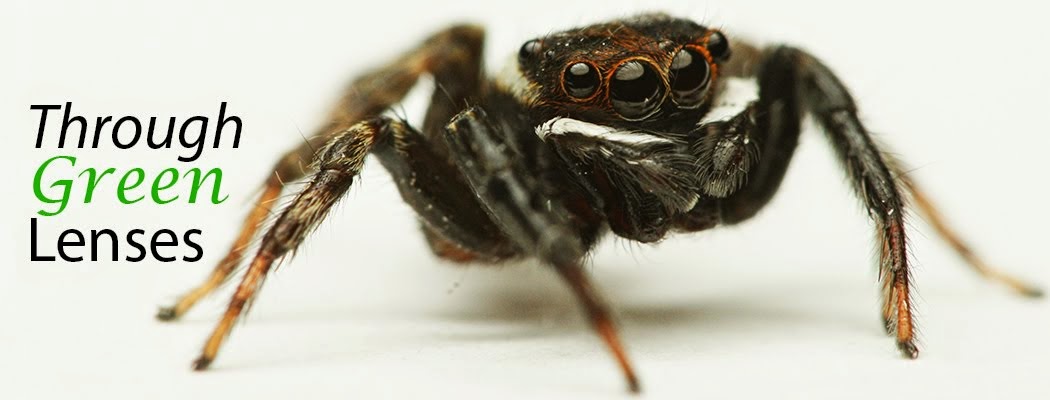Came across this article by Pergams and Zaradic (2008)
titled ‘Evidence for a Fundamental and Pervasive Shift Away from Nature-Based
Recreation’ and felt that the interesting results warranted sharing. The authors
found, based on records in the U.S., Japan and Spain, that the number of
visitors to national parks in these studied countries have fallen. They then
extrapolated this to conclude that fewer people now participate in nature
related activities. In the U.S.’s case, although the number of hikers and
trekkers increased, this was offset by a drop in participation in activities
such as hunting and fishing. This is contrary to what I believed as I thought
such activities would instead become more common as affluence increased.
Fortunately, Singapore has not seen such a decline in
visitors to her nature reserves yet (Auger, 2013).
However, with Bukit Timah Nature Reserve’s recent closure, it would be
interesting to see if people spread out to the other nature reserves or stop
going altogether. If the latter occurs, it would be a pity as I feel even the other
nature reserves and parks do have a lot to offer to visitors.
Here are some pictures from various nature areas in Singapore:
Collared kingfisher at Clementi Woods.
A spider that mimics bird droppings at Admiralty Park.
A scorpion under UV light at Lower Peirce Reservoir.
Tiger beetle at Dairy Farm.
So why is this a concern? Well, studies have shown that
participation in nature-based activities during childhood does have an impact
on environmental behaviours when they are older (Nancy M. Wells and Lekies, 2006). They found that consumptive
and appreciative nature activities during childhood to be good indicators of
environmental attitudes later on. Meanwhile, participation in environmental
education programmes did not seem to have an effect. With nature-based activities participation rate currently falling, this might have an impact on the conservation movement in the years to come.
References:
AUGER, T. 2013. Living in a Garden: The Greening of
Singapore, Editions Didier Millet.
NANCY M. WELLS & LEKIES, K. S. 2006. Nature and the Life Course:
Pathways from Childhood Nature Experiences to Adult Environmentalism. Children Youth and Environments, 16, 1-24.
PERGAMS, O. R. W. & ZARADIC, P. A. 2008. Evidence for a
Fundamental and Pervasive Shift Away from Nature-Based Recreation. Proceedings of the National Academy of
Sciences of the United States of America, 105, 2295-2300.






